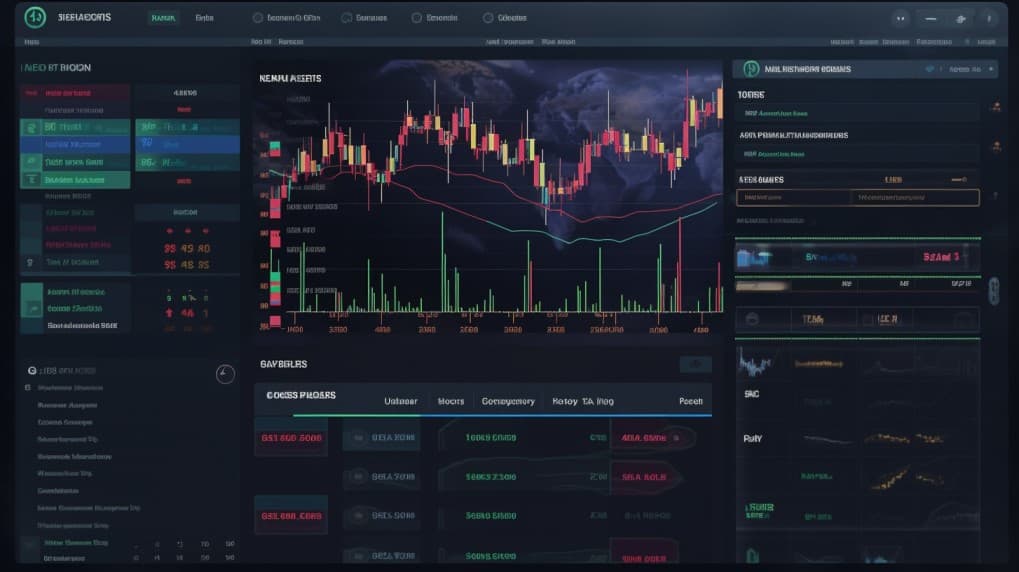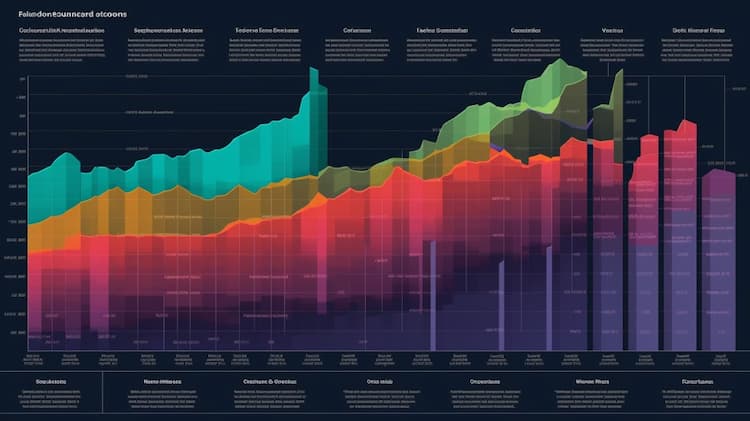
What types of companies are included in the IEFA ETF?
The IEFA ETF, or iShares Core MSCI EAFE ETF, provides investors with exposure to a broad range of companies in developed markets outside of the United States and Canada. Understanding the types of companies included in the IEFA ETF is essential for investors looking to gain insights into its composition and potential benefits. In this article, we will explore the types of companies typically included in the IEFA ETF, representing sectors and industries from Europe, Asia, and Australia. By understanding the composition of the IEFA ETF, investors can assess the potential risks and rewards associated with investing in international markets and consider the ETF as a means to diversify their portfolios and gain exposure to specific sectors within developed economies around the world.
Understanding IEFA: An to the International Developed Markets ETF
The IEFA ETF, which stands for iShares Core MSCI EAFE ETF, is a popular financial instrument designed to track the performance of international developed market stocks. This exchange-traded fund (ETF) offers investors exposure to a diversified portfolio of companies operating in various countries outside of the United States. The IEFA ETF aims to provide long-term capital growth by investing in companies across multiple sectors and industries.
To delve deeper into the world of the IEFA ETF, let's explore some frequently asked questions.
What is the Composition of the IEFA ETF?
The IEFA ETF comprises a broad range of companies from developed markets around the globe, excluding the United States and Canada. It seeks to replicate the performance of the MSCI EAFE Investable Market Index, which includes large-, mid-, and small-cap stocks. The index covers approximately 85% of the total market capitalization of the developed market equities in Europe, Asia, and the Far East. Therefore, the IEFA ETF provides exposure to companies in countries like Japan, the United Kingdom, France, Germany, Switzerland, Australia, and many others.
 IEFA overlap What types of companies are included in the IEFA ETF?
IEFA overlap What types of companies are included in the IEFA ETF?
What Are the Key Benefits of Investing in the IEFA ETF?
Investing in the IEFA ETF offers several advantages to investors. Firstly, it provides diversification across multiple countries and sectors, reducing the risk associated with investing in a single company or market. Secondly, the IEFA ETF offers a convenient and cost-effective way to gain exposure to international developed market stocks, as it can be bought and sold on the stock exchange like a regular stock. Additionally, this ETF has a relatively low expense ratio, making it an attractive choice for long-term investors.
How Does the IEFA ETF Compare to Other Similar Financial Instruments?
When it comes to investing in international developed market stocks, there are other financial instruments available besides the IEFA ETF. One notable competitor is the IEMG ETF, which stands for iShares Core MSCI Emerging Markets ETF. While the IEFA ETF focuses on developed markets, the IEMG ETF concentrates on emerging markets, providing exposure to companies in countries like China, South Korea, India, Brazil, and others.
To compare the IEFA ETF to the IEMG ETF and make an informed investment decision, it is advisable to consult the official website of iShares.
In conclusion, the IEFA ETF offers a convenient and diversified approach to investing in international developed markets. By carefully evaluating the associated costs and risks and utilizing a suitable brokerage account, you can effectively incorporate the IEFA ETF into your investment strategy and potentially benefit from global market opportunities. As with any investment, it is important to conduct thorough research, stay informed about market developments, and consider seeking advice from financial professionals to make well-informed investment decisions.
Disclaimer: This article does not provide any investment advisory services. Always consult with a financial professional before making any investment decisions.
Source 1: IEFA issuer website
Source 2: Reuters article about IEFA
IEFA quote and analysis
Discover the top holdings, correlations, and overlaps of ETFs using our visualization tool.
Our app allows you to build and track your portfolio.
To learn more about the IEFA iShares Core MSCI EAFE ETF, access our dedicated page now.
FAQ
What is the IEFA ETF?
The IEFA ETF, or iShares Core MSCI EAFE ETF, is an exchange-traded fund that provides investors with exposure to international equity markets, excluding the United States and Canada.
What is the underlying index that the IEFA ETF aims to track?
The IEFA ETF aims to track the performance of the MSCI EAFE Investable Market Index (IMI), which represents a broad range of companies from developed markets in Europe, Australasia, and the Far East.
What types of companies are included in the IEFA ETF?
The IEFA ETF includes companies from various sectors, such as financials, industrials, consumer goods, healthcare, and more, representing a diverse range of developed market companies outside of the United States and Canada.
How does the IEFA ETF work?
The IEFA ETF works by pooling investors' funds to purchase a portfolio of securities that closely replicate the performance of the underlying index. By investing in the IEFA ETF, investors gain exposure to a broad basket of international companies from developed markets.
What are the advantages of investing in the IEFA ETF?
Investing in the IEFA ETF offers potential benefits such as diversification across developed international markets, exposure to companies from various countries and sectors, the opportunity to participate in global economic growth, and the ability to access international markets without the need for individual stock selection. It simplifies investing in international equities, offers liquidity, and allows for portfolio diversification.



